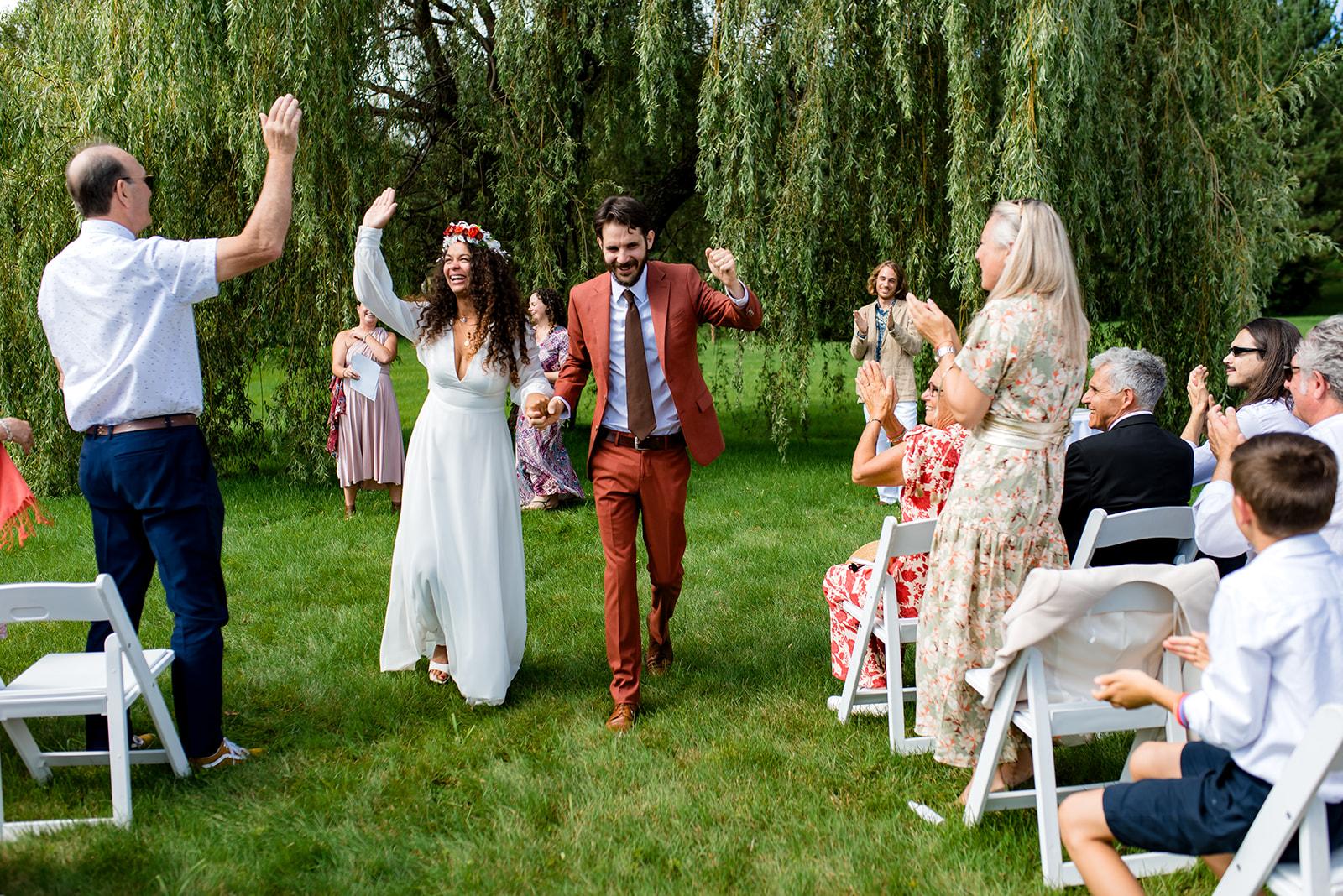Our First Impression? Hopeful, but Underwhelming
Adobe recently rolled out a new feature called Assisted Culling in Lightroom Classic, designed to help photographers quickly sort large batches of images by automatically identifying the “best” shots.
In theory, it’s a dream come true—especially for wedding photographers who come home with thousands of images after a long weekend. But after testing it, our first impression is mixed. It’s a step in the right direction, but not yet the time-saver that wedding photographers truly need.

What Assisted Culling Actually Does
Assisted Culling uses Adobe’s AI to analyze imported photos and automatically:
- Detects whether eyes are open or closed
- Checks for sharp focus on subjects and eyes
- Groups similar images together into stacks
- Flags underexposed, overexposed, or blurred images
You can adjust sliders to prioritize certain criteria, like “eye focus” or “subject focus,” and Lightroom will flag or reject images that don’t meet those thresholds.
In practice, it’s most useful for portraits and headshots—that’s even how Adobe describes it in their release notes. For weddings, however, things get more complicated.

Why Wedding Photographers Might Be Disappointed
Here’s the reality: culling weddings isn’t just about technical perfection—it’s about emotion, storytelling, and subtle human connection. And that’s where the current version of Assisted Culling struggles.
-
Limited Understanding of Emotion
The AI isn’t trained to recognize why a photo matters. A technically imperfect image—a slightly soft shot of a tearful parent or a beautifully blurred laugh—might get flagged as “bad,” even when it’s the emotional core of the gallery.
-
Auto-Stacking Can Hide Key Shots
While auto-stacking similar images is helpful for portrait bursts, it can bury small variations that matter—like a genuine reaction between poses or a subtle change in lighting.
-
Performance Issues with Large Catalogs
Many photographers report lag when culling thousands of images, even on high-end machines. The tool feels tuned for smaller sessions rather than full wedding-day volumes.
-
Still in Early Access
Adobe notes that Assisted Culling is still in Early Access and primarily trained on controlled, single-subject portraits. That explains why it struggles with complex lighting, multi-subject scenes, and dynamic moments typical of weddings.
Why We’re Still Optimistic
Despite its current limitations, we see real potential in Assisted Culling:
- It saves time by eliminating obvious rejects—misfires, blinks, or accidental frames.
- It’s built directly into Lightroom, meaning no extra subscriptions or exporting steps.
- The foundation is strong, and Adobe has a history of improving AI-powered tools quickly.
With more training on real-world event data and finer creative controls, Assisted Culling could eventually become an essential part of the modern wedding photography workflow.

How to Use It Right Now
If you want to experiment with Assisted Culling on your next wedding gallery, try using it as a first pass, not a final judge:
- Import your full gallery and enable Assisted Culling.
- Let it filter out the obvious misses—closed eyes, misfires, test shots.
- Manually review the rest, focusing on emotion, storytelling, and client value.
- Compare your results with your usual culling workflow to gauge time savings.
Right now, Assisted Culling is best seen as a helper, not a replacement for your artistic judgment.
The Bottom Line
Assisted Culling in Lightroom is a promising start, but for high-volume wedding photographers, it’s not quite ready for prime time. The technology is improving, and we’re optimistic about where it’s headed—but for now, it’s more of a curiosity than a cornerstone.
That said, tools like this are changing the way we work—and there are AI options already delivering real results for wedding professionals.
Looking for Faster, Smarter Culling Right Now?
If you’re serious about cutting your editing time in half, we recommend trying Aftershoot—the current industry leader in AI-assisted culling and editing.
Aftershoot was built specifically with wedding and event photographers in mind. It uses advanced machine learning to understand facial expressions, emotion, and variety—not just sharpness. You can cull thousands of images in minutes, then move seamlessly into AI editing that matches your personal style.
Use promo code CWP15 for 15% off any Aftershoot plan.